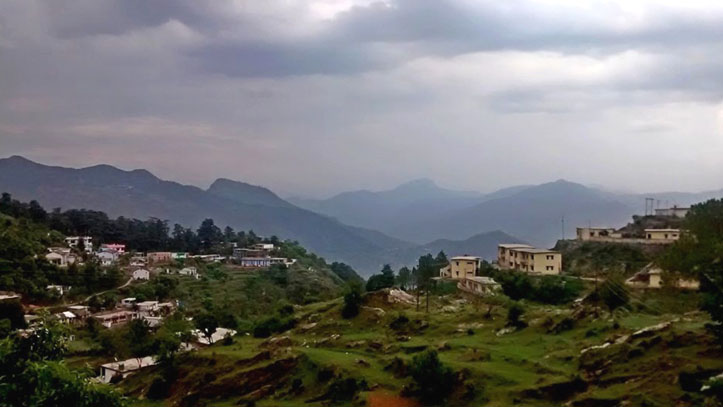Located at an average elevation of 1,514 meters above sea level, Pithoragarh is a small hill district that was carved out of the Almora district in the state of Uttarakhand. The town lies in the middle of the Sor valley and had often been pronounced as miniature Kashmir Valley. The town of Pithoragarh creates the northern entrance to the mighty Himalayas and paves the way to some of the most important Hindu and Buddhist pilgrimages including the holy Mount Kailash, the Om Parvat and the Mansarovar Lake. Pithoragarh has earned a unique fame as the town of old forts and temples among travelers from all over the globe.
The entire northern and eastern boundaries of the Pithoragarh district are international; as a result of which it holds vital strategic significance as a politically sensitive district along the northern frontier of India. Being the last district adjoining Tibet, it has tremendous strategic importance as the passes of Lipulekh, Kungribingri, Lampia Dhura, Lawe Dhura, Belcha and Keo, open out to Tibet. The remarkable splendor of Pithoragarh – the immense Himalayas, expansive highland meadows, perennial rivers, an astounding multiplicity of flora and fauna, and pristine nature invites the beholder to become one with this enchanted fairyland.
It is located in the beautiful Sor Valley and is bordered by the Almora district in the north. The Kali River separates it in the east from the neighboring country Nepal. Most of the ancient temples and forts were constructed here during the reign of the Pal and Chand dynasties. In the 15th century, the region was controlled by the Brahm kings for a short period. Later, the kings of the Chand dynasty restored their rule and reigned till the British took over.
